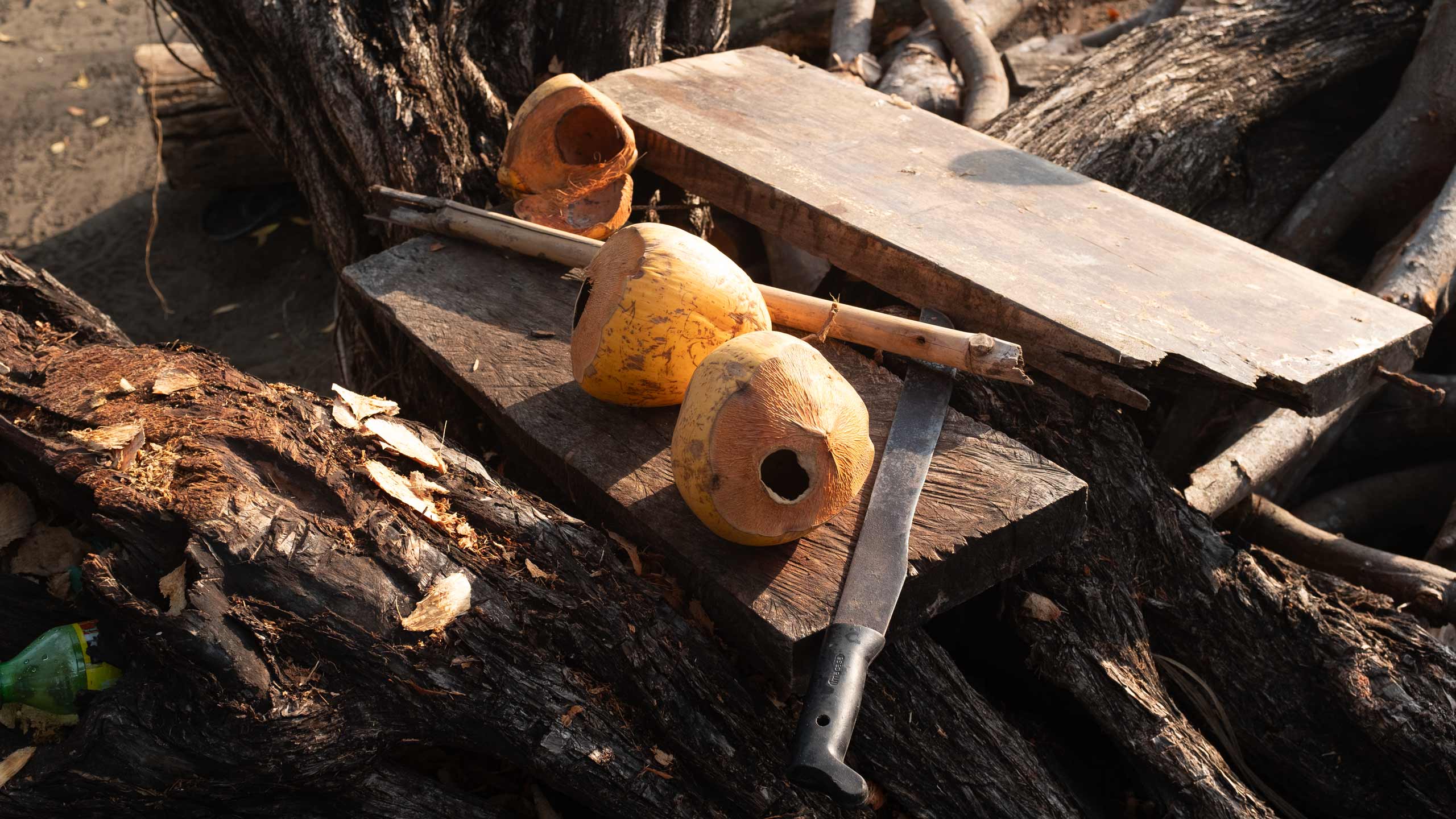
Coconuts in husk ready to be cut open.
info
MATERIALS:
COIR, EXPIRED LIME, VEGETABLE POLYMER, OCEAN WATER
Stages:
2022 Stage 1 in JIQUILILLO Nicaragua
2023 Stage 2 in JIQUILILLO Nicaragua
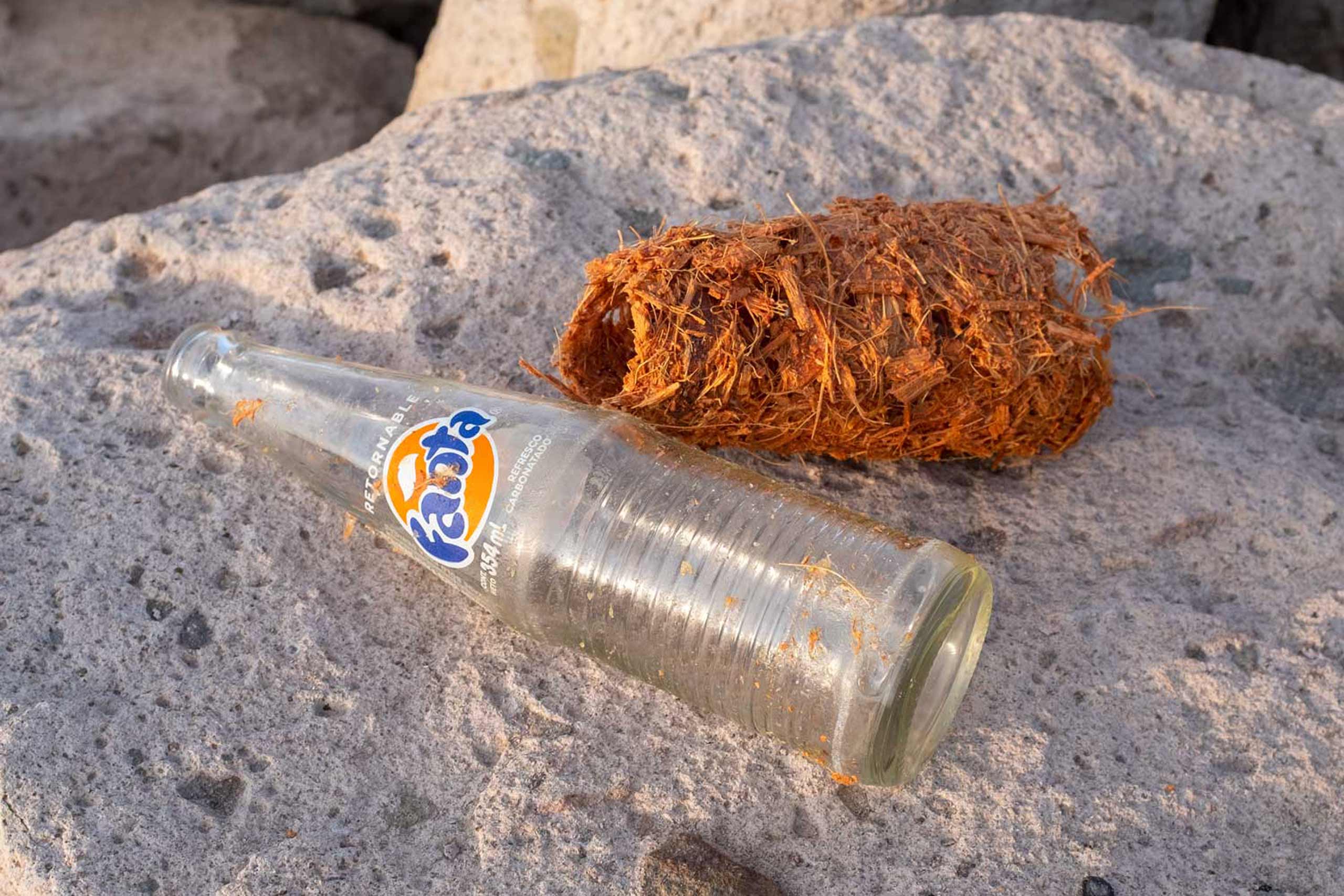
Description
In a small fishing village in Nicaragua, with limited resources and an excess of Coconuts, Nicole Charles and I set out to create a formable material that relied as heavily as possible on the the immediate local materials and elements.
With constant power outages in the area effecting both the electricity and running water, we wanted to be able to create this material without having to rely on power. Using a non-electric gas stove and water directly from the ocean, we were able to bypass those issues.
On the beach near the property, a seawall made of large rocks had been erected in order to deal with rising water and tides associated with climate change. During the day, in the direct sun, temperatures would reach an average of around 40ºc and heat the rocks. We used this to our advantage in order to quickly dry the material so that mold growth would not happen in the humid environment. We also used the disinfecting properties of the sun along with the lime to help kill bacteria.
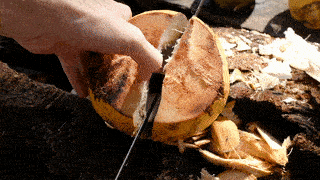
The inside of a coconut and husk.

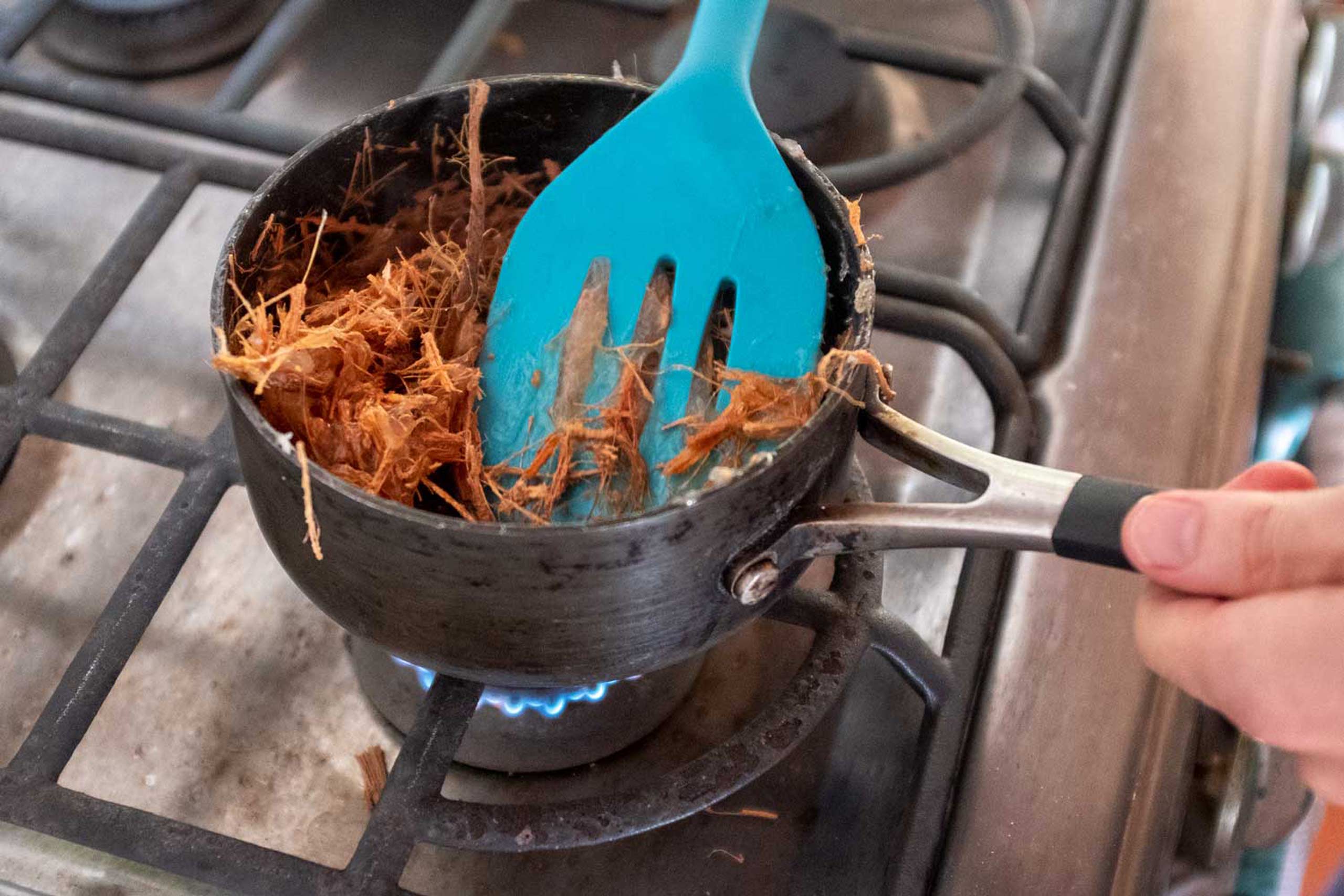

Process photos.
The Coco material was then formed over found objects (a Fanta bottle and a piece of stone from the sea wall) to create usable objects such as bowls, mats, and light shade. With more time and resources, our goal is to create an easily made biodegradable material that could be used to help curb the waste that litters both the ocean and land.
It could be used as an alternative to making vs. purchasing certain items in an area with little to no disposable income. The recipe would be shared with local people to allow them to use this abundant local resource to create objects for not only their own use but hopefully as a way to generate extra income from local tourism as well.
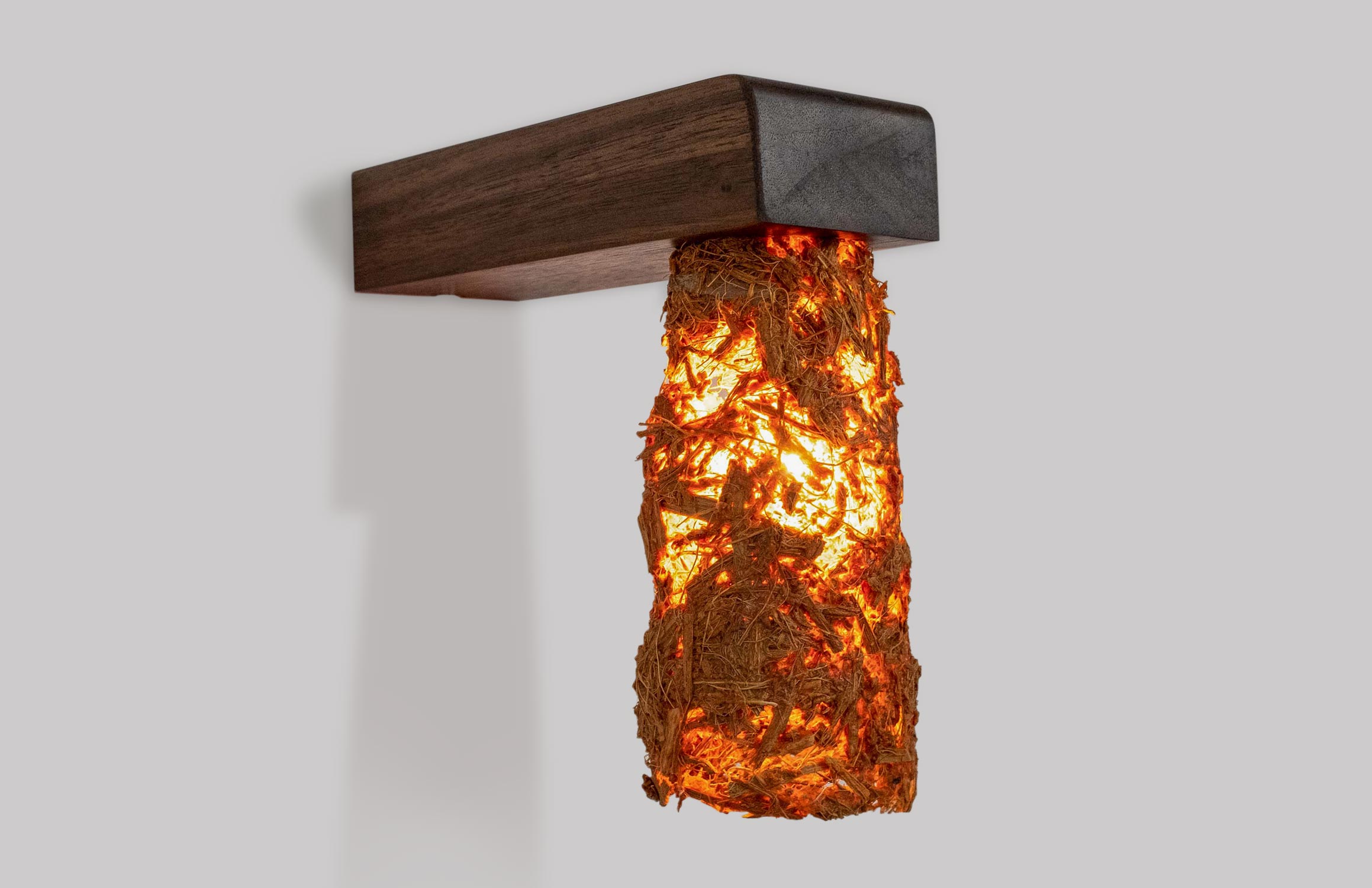
A lamp made with the Coco material that was formed around a Fanta bottle, and a scrap piece of walnut, and an LED bulb.

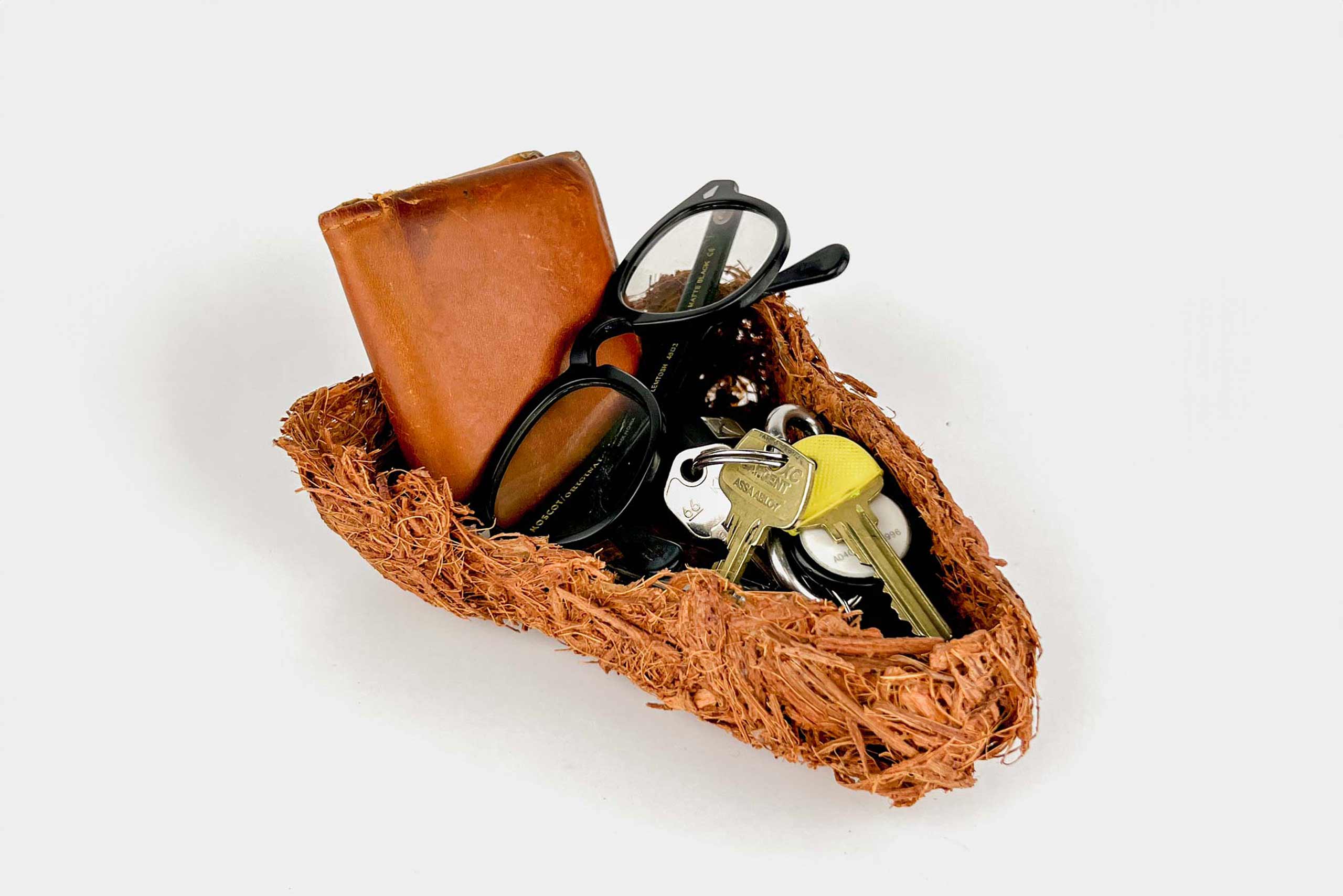
Two different bowls. One using a found plastic dish as a mold, and the other using a rock from the sea wall.
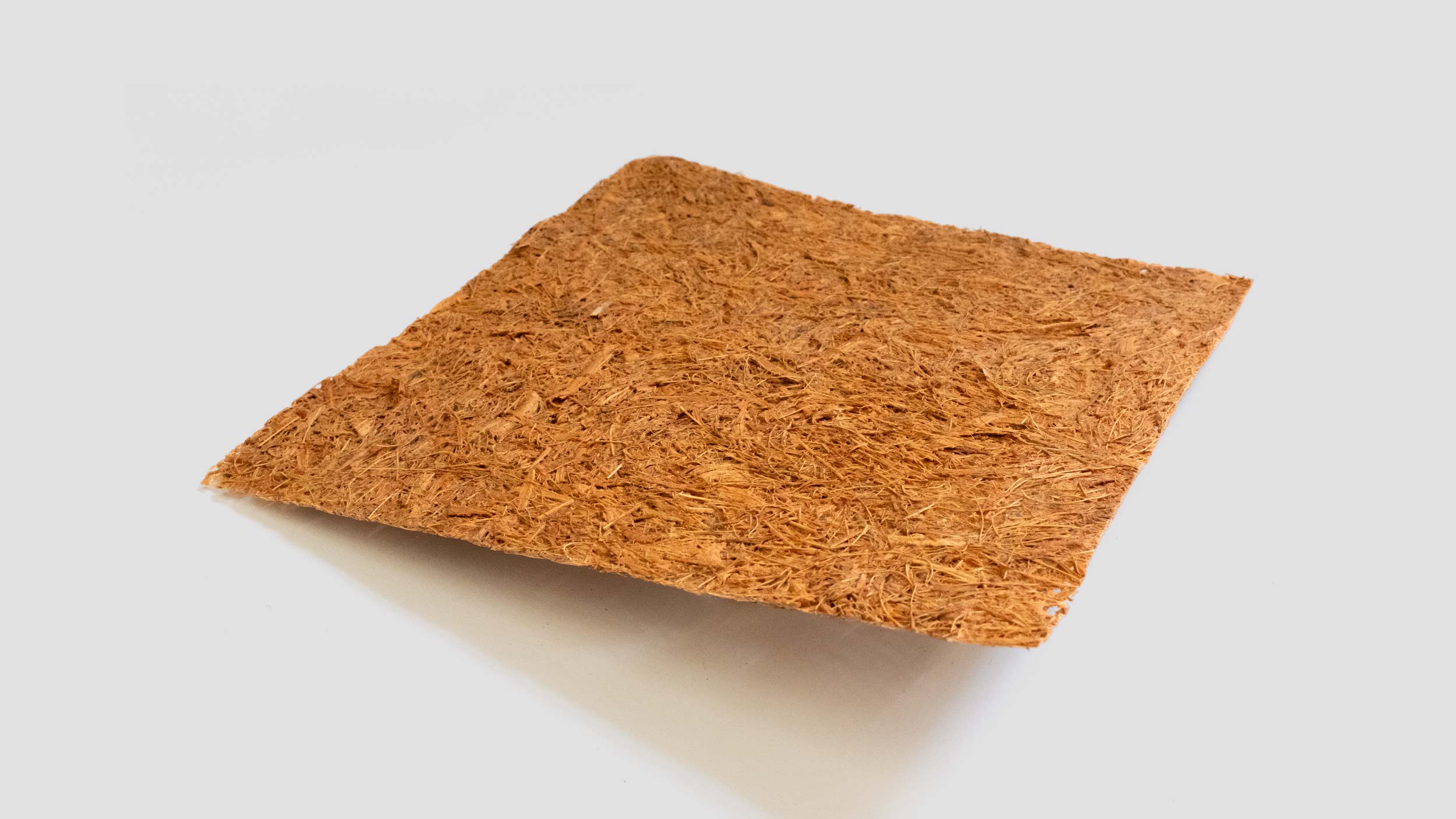
Flat sheet of the material.

Coconuts in husk ready to be cut open.
info
MATERIALS:
COIR, EXPIRED LIME, VEGETABLE POLYMER, OCEAN WATER
Stages:
2022 Stage 1 in JIQUILILLO Nicaragua
2023 Stage 2 in JIQUILILLO Nicaragua

Description
In a small fishing village in Nicaragua, with limited resources and an excess of Coconuts, Nicole Charles and I set out to create a formable material that relied as heavily as possible on the the immediate local materials and elements.
With constant power outages in the area effecting both the electricity and running water, we wanted to be able to create this material without having to rely on power. Using a non-electric gas stove and water directly from the ocean, we were able to bypass those issues.
On the beach near the property, a seawall made of large rocks had been erected in order to deal with rising water and tides associated with climate change. During the day, in the direct sun, temperatures would reach an average of around 40ºc and heat the rocks. We used this to our advantage in order to quickly dry the material so that mold growth would not happen in the humid environment. We also used the disinfecting properties of the sun along with the lime to help kill bacteria.




Process photos.
The Coco material was then formed over found objects (a Fanta bottle and a piece of stone from the sea wall) to create usable objects such as bowls, mats, and light shade. With more time and resources, our goal is to create an easily made biodegradable material that could be used to help curb the waste that litters both the ocean and land.
It could be used as an alternative to making vs. purchasing certain items in an area with little to no disposable income. The recipe would be shared with local people to allow them to use this abundant local resource to create objects for not only their own use but hopefully as a way to generate extra income from local tourism as well.

A lamp made with the Coco material that was formed around a Fanta bottle, and a scrap piece of walnut, and an LED bulb.


Two different bowls. One using a found plastic dish as a mold, and the other using a rock from the sea wall.

Flat sheet of the material.